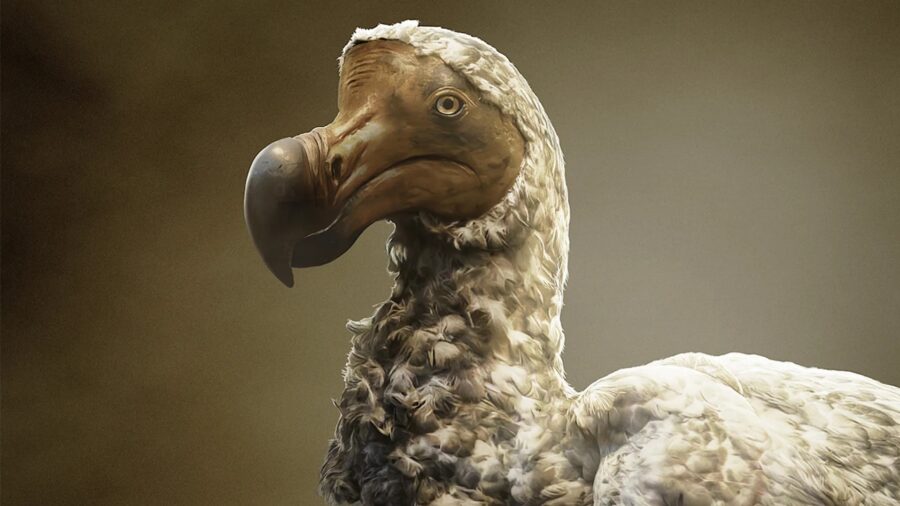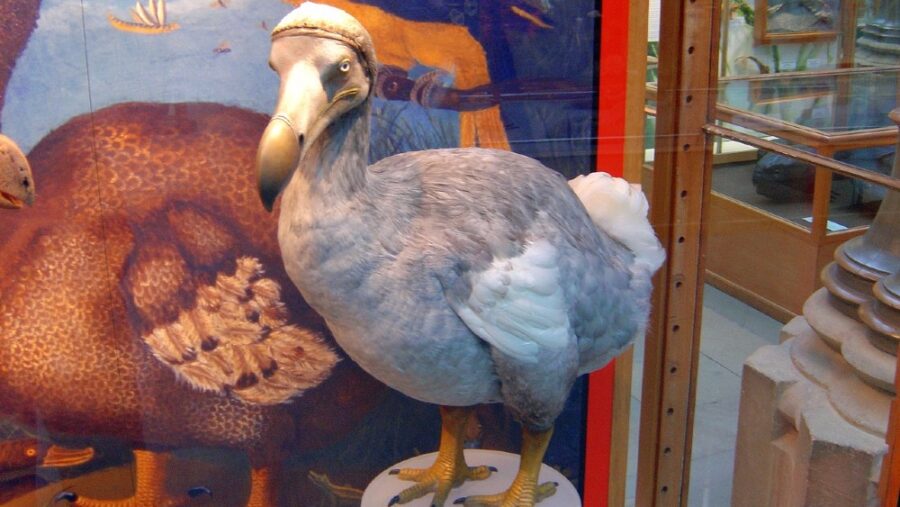Dodo Resurrection Looking Even More Possible

Whether you’re a frequent viewer of the Ice Age animated films, a player of the video game Ark: Survival Evolved, or just a fan of prehistoric fauna in general, you may be familiar with the ongoing efforts made by the scientific community to resurrect the Dodo bird. According to a write-up in IFLScience, great strides have been made in the effort thanks to a newfound partnership between the Mauritian Wildlife Foundation and the genetic engineering company Colossal Biosciences.
Thanks to an Avian Genomics Group from Colossal Biosciences, dodos may soon roam the lush landscapes of Mauritius for the first time in centuries.
Dodo birds most commonly inhabited the African island of Mauritius, which saw a large influx of harmful European colonization in the 1600s, resulting in a host of geological changes for the region. In addition to being hunted by mankind, dodos stood no match for the newly introduced predators settlers brought with them, including cats, dogs, and pigs. Scientists have had trouble agreeing on an exact timeline for the disappearance of these fascinating creatures, though most agree that the species was last sighted before the advent of the 1700s.
The dodo bird won’t be Colossal Biosciences’ only effort in the de-extinction field, as the corporation has been closely working with unfrozen tissue samples to bring wooly mammoths back to life as well.
Now, thanks to an Avian Genomics Group from Colossal Biosciences, dodos may soon roam the lush landscapes of Mauritius for the first time in centuries. Under the leadership of Dr Beth Shapiro, the team is working to build a reference genome for the species, using primordial germ cells and genetically modified DNA from modern descendants of creatures such as pigeons and chickens.
The team has also partnered with ground efforts on the island of Mauritius to establish a wild safe haven for the dodos, ensuring that they won’t be immediately hunted to re-extinction after being reintroduced to the world.
The dodo bird won’t be Colossal Biosciences’ only effort in the de-extinction field, as the corporation has been closely working with unfrozen tissue samples to bring wooly mammoths back to life as well. The company speculates that manmade intervention in nature and climate change has rapidly accelerated global extinction rates, with half of all life on Earth in danger of entering the endangered list by 2050.

The closest living relative to the dodo, Mauritius’ pink pigeon, is also considered nearly extinct, with only 500 of the genetically uniform species remaining.
Scientists have had trouble agreeing on an exact timeline for the disappearance of these fascinating creatures, though most agree that the species was last sighted before the advent of the 1700s.
If the scientists at Colossal are successful, their efforts will not only revive the long-dead dodo species, but reinvigorate genetic biodiversity within pink pigeon populations, allowing the species to thrive once more. Steadfast in their mission to revive two birds with one stone, the company has partnered with the Mauritian Wildlife Foundation to collect samples and research regarding these birds and their long history on the island.
While it may take some time before we begin to see dodo birds cooing and roaming the beaches of Mauritius as they do in the popular game series Ark: Survival Evolved, the science behind the de-extinction effort seems to be as sound as ever, with new information being uncovered each day. As for now, the largest hurdle seems to be finding enough usable primordial germ data to incubate within living pigeons and chickens.












